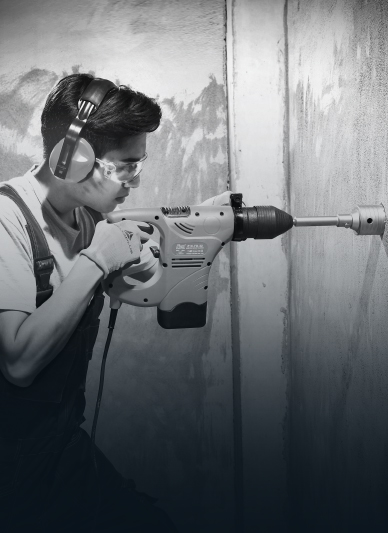When it comes to precision cutting in woodworking, metalworking, and construction, selecting the right tools is essential for achieving consistent results. One of the reliable tools in various industries is the TCT Circular Saw Blade. TCT stands for Tungsten Carbide Tipped, which means each tooth of the blade is tipped with tungsten carbide, offering durability and a clean finish. However, with so many options available, choosing the right Circular Saw Blade for your specific needs can be a challenge. This article will guide you through key factors to consider when selecting a TCT Circular Saw Blade for your cutting projects.
Before selecting a TCT Circular Saw Blade, it’s important to identify the type of material you’ll be cutting. Different materials require blades with specific characteristics. For example, a Circular Saw Blade designed for wood may have a different tooth configuration and number compared to one made for cutting metals or plastics. Woodcutting blades typically have fewer teeth for faster, rough cuts or more teeth for fine, smooth finishes. Metal-cutting blades, on the other hand, are made to handle tougher materials and often have teeth designed to reduce heat and prevent chipping.
The number of teeth on a TCT Circular Saw Blade significantly affects the quality and speed of the cut. A blade with fewer teeth removes material quickly and is suitable for rough cuts. A blade with more teeth produces smoother cuts but requires more time to complete each pass. Additionally, the design of the teeth, such as alternate top bevel, flat top grind, or triple chip grind, impacts cutting efficiency. Choosing the correct tooth design ensures the Circular Saw Blade can handle your project without causing damage to the material.
Another essential factor is matching the blade size to your cutting machine. TCT Circular Saw Blade diameters vary to suit different types of saws, including table saws, mitre saws, and hand-held circular saws. It’s necessary to select a blade with a compatible diameter and bore size. Using a blade that doesn’t fit properly can reduce cutting accuracy and potentially damage both the blade and the saw. Always confirm your machine’s specifications before purchasing a Circular Saw Blade.
The recommended cutting speed for a TCT Circular Saw Blade depends on both the material and the machine being used. Different blades are designed to operate at various revolutions per minute (RPM). Using a blade at an incorrect speed can result in poor cutting performance, increased wear, and potential safety risks. Always check the recommended speed range indicated on the Circular Saw Blade packaging or manufacturer’s guidelines to match it with your equipment.
Some TCT Circular Saw Blade options come with coatings, such as anti-friction or heat-resistant layers. These coatings help reduce heat buildup, reduce material sticking, and extend the blade’s service life. Depending on the demands of your project, selecting a blade with special features can improve cutting performance and reduce maintenance costs over time.
Caring for your TCT Circular Saw Blade is vital to maintain its performance and lifespan. Regular cleaning to remove pitch, sap, and debris is necessary, as buildup can affect cutting efficiency. Additionally, inspect the teeth for dullness or damage after heavy use. Many users choose to resharpen their Circular Saw Blade rather than replacing it, making it a cost-effective option in the long run. Proper storage in a dry, clean environment also prevents rust and corrosion.
Whether you’re working on construction framing, cabinetry, or metal fabrication, there’s a suitable TCT Circular Saw Blade for every application. For general-purpose woodcutting, a blade with a medium tooth count is ideal. If you require fine cuts for finishing work, opt for a higher tooth count. For cutting non-ferrous metals or plastics, choose a TCT Circular Saw Blade specifically labeled for those materials. Matching the blade to the task improves efficiency and delivers better results.
Selecting the right TCT Circular Saw Blade involves more than just picking one off the shelf. It requires careful consideration of the material being cut, tooth count, blade size, cutting speed, and any additional features that enhance performance. By understanding these factors, you can ensure your Circular Saw Blade performs reliably and safely, helping you complete projects efficiently. No matter the job, taking time to choose a suitable TCT Circular Saw Blade makes a noticeable difference in the quality of your work.







